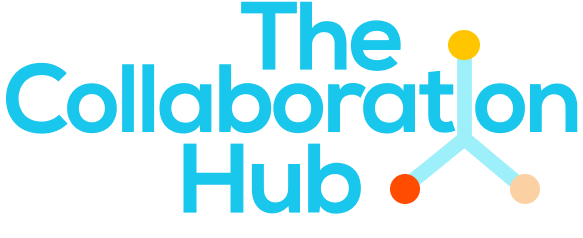 Partnership Foundations
Partnership Foundations
Setting shared goals and objectives
Monitoring process of collaboration
It is important to think from the start about how you will monitor the collaboration and what you will measure. This can help you optimise your shared activity as you go and provide impact evidence for funders, as well as useful insight for other collaborators.Work with partners on a Monitoring Learning and Evaluation Plan, to monitor progress of the project, evaluate impact on the target audience, and capture learnings and insights.
Whilst it can be challenging to isolate, how has the collaboration added to the overall impact of the project and how can you monitor this impact.
Examples of evaluation metrics to measure the success of collaboration:
- Communication Frequency and Quality: Track how often and how effectively partners communicate. This can include the number of meetings, emails, and other forms of communication, as well as the clarity and usefulness of the information shared.
- Stakeholder and Employee Satisfaction: Use surveys and feedback forms to gauge the satisfaction levels of all stakeholders involved in the collaboration. This includes partners, beneficiaries, own employee and other relevant parties.
- Knowledge Sharing: Evaluate how well knowledge and information are shared among partners. This can be measured by the number of shared documents, training sessions, and collaborative workshops.
- Decision-Making Efficiency: Track the time taken to make decisions and the quality of those decisions. This can be measured by the number of decisions made, the time taken to reach a consensus, and the outcomes of those decisions.
- Resource Management: Evaluate how well resources (time, money, personnel) are managed and utilised in the collaboration. This can include budget adherence, resource allocation efficiency, and overall cost-effectiveness.
- Innovation and Problem-Solving: Track the number of innovative solutions and successful problem-solving instances that result from the collaboration. This can include new ideas generated, patents filed, or process improvements implemented.
- Feedback and Recognition: Assess how often feedback is given and received, and how recognition is provided for collaborative efforts. This can be measured by the number of feedback sessions, recognition awards, and overall morale.
Other areas to consider;
- Gender-sensitive indicators and methodologies.
- Mechanisms for collecting data and incorporating feedback from all partners.
- Media monitoring to hold partners accountable. Track media mentions, social media engagement, and other relevant metrics.
- Both qualitative and quantitative routine data collection and analysis. Where possible, utilize existing systems. For example, community health management information systems, for data capture.
- Outlining a learning agenda of what you aim to learn over the course of the collaboration.
- Clearly defining roles for each partners’ MEL responsibilities. This includes appointing a principal coordinator for monitoring and evaluation activities, and partner specific KPIs for MEL.
NB. Understand that changing gender norms is a gradual process. Plan for long-term strategies that account for stages of awareness, interest, evaluation, trial, and adoption. This may involve immediate evaluations of outcomes alongside a longer-term plan for assessing the project’s impact.
